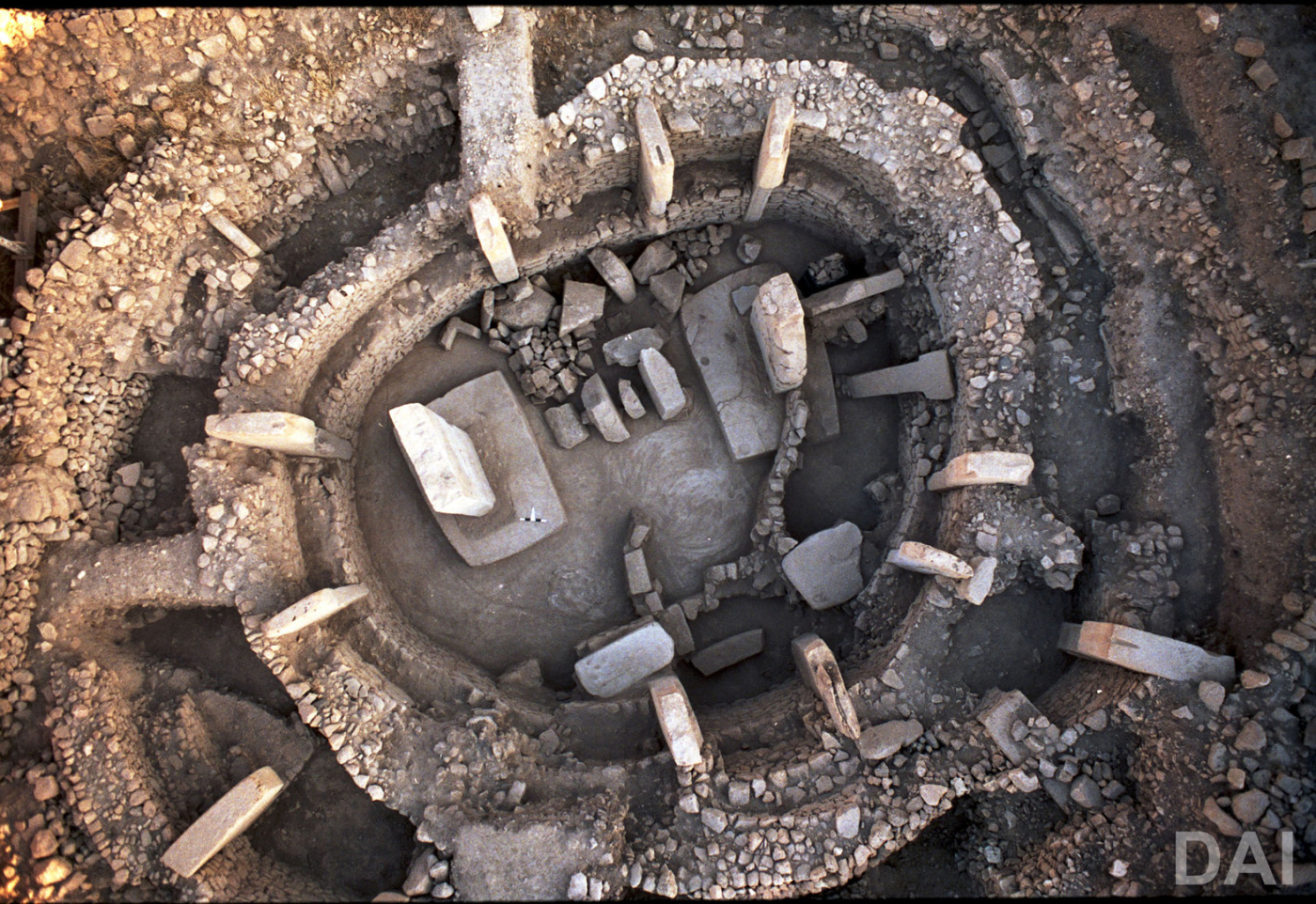This project investigated the location of Göbekli Tepe against the background of its regional and natural embedding.
Research
Since the mid-twentieth century the archaeological investigations of southeastern Turkey have increasingly come to the fore, particularly regarding the transition from hunter and gatherers to a more sedentary society with an agricultural base. These societal dynamics coincide with the first Einkorn wheat domestication in the area of the Karaça Dağ in the vicinity of the Pre-Pottery Neolithic site Göbekli Tepe.
The monolithic circular plants at Göbekli Tepe are interpreted as a hill sanctuary, serving as a cultic center of the wider region. Numerous archaeological researchers highlighted Göbekli Tepe as one of the most significant sites in the Pre-Pottery Neolithic. It was contrasted to other important, often cultic, sites of this period regarding ritual practices, domestication processes or art. While these aspects remain an important focus of current archaeological research, the site and its surroundings were not yet investigated from a landscape archaeological point of view. Therefore, this project investigated the location of Göbekli Tepe against the background of its regional and natural embedding. Data of already published site locations, complemented by new surveys, were used to examine the role of Göbekli Tepe in a superordinate network. Furthermore, conducting a diachronic analysis of archaeological sites in the wider region, changing settlement strategies of different cultural periods were determined.
Further Information
- Topoi research project (A-1-9-1) Diachronic analysis of the interactions between landscape characteristics and settlement patterns in the surroundings of the Neolithic site Göbekli Tepe
- News and Notes from the Göbekli Tepe research staff are available on the blog “The Tepe Telegrams” https://tepetelegrams.wordpress.com/

